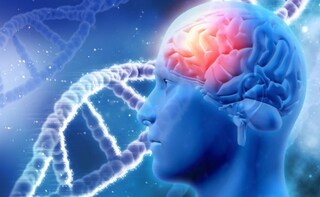We have commonly come across movie scenes where a character is electrocuted to numb his aggression or bring him back to life, so on and so forth. While anything is possible in the movies, in reality it is a very different scenario. Electricity is a dangerous medium, which can kill living beings in an instant. Yet, its controlled usage is not uncommon in the medical field. According to a new study done by Imperial College London, electricity may help in improving one's memory. The researchers found that stimulating the brain with electricity may synchronise brain waves and help improve short-term working memory that could improve treatments for people with traumatic brain injury, stroke or epilepsy.It may sound shocking but there are different properties of electricity and a little zap could actually prove to be beneficial in medical treatment. Our brain consists of neurons, which are nothing but electrically charged cells that transmit messages through electrical and chemical signals. The researchers stated that applying a weak electrical current through the scalp can align different parts of the brain, synchronising brain waves and enabling people to perform better on tasks involving working memory.
Advertisement
For the latest food news, health tips and recipes, like us on Facebook or follow us on Twitter and YouTube.
Advertisement
